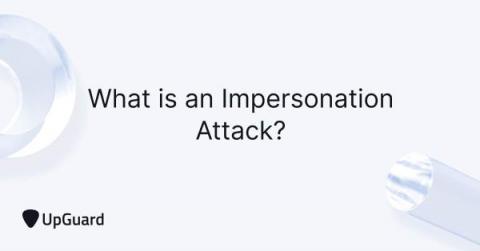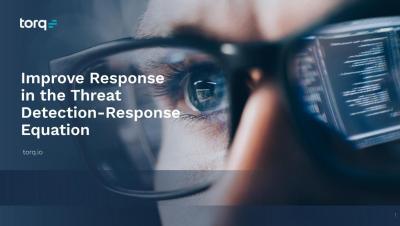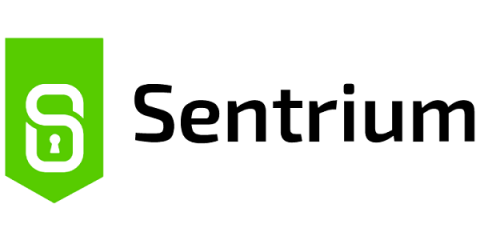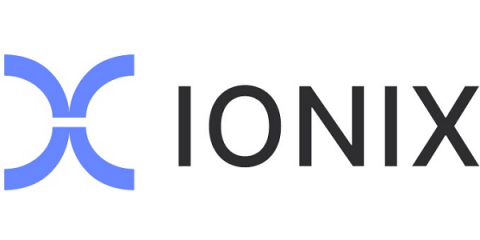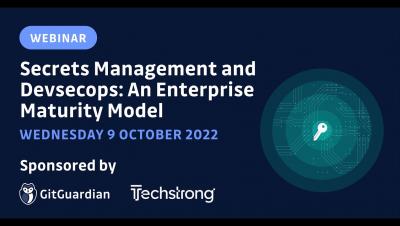Security | Threat Detection | Cyberattacks | DevSecOps | Compliance
Security
Why Do I Need a Next-gen Secure Web Gateway?
The internet is now your default corporate network. This has some major perks — it means that your employees can access whatever they need from wherever they need it. But using the internet like this has also made your organization's security posture more complex. People are using networks and devices your IT doesn't manage, and they are accessing data that is scattered across countless apps.
How Egnyte Uses AV-Service to Detect Malware
In hybrid or remote desktop environments, content is the most exposed type of data. Egnyte’s all-in-one platform makes it simple and easy for IT to manage and control a full spectrum of content risks, including accidental data deletion, data exfiltration, privacy compliance, and much more. All while giving business users the tools they need to work faster and smarter—from any cloud, any device, anywhere.
What is an Impersonation Attack?
An impersonation attack is a type of targeted phishing attack where a malicious actor pretends to be someone else or other entities to steal sensitive data from unsuspecting employees using social engineering tactics. Hackers attempt to trick the victim into transferring money, giving up sensitive information, or providing business login credentials to leverage cyberattacks and gain unauthorized access to systems and networks.
Improve Response in the Threat Detection Response Equation - Webinar
Your Cybersecurity MVP: the Rubrik Ransomware Response Team
Have you ever asked yourself, “What happens if I am attacked by ransomware?” Well, the over 4,500 Rubrik customers around the world have the ultimate peace of mind knowing their data is secure with our Zero Trust Data Security platform. In addition to Rubrik’s industry-leading and comprehensive data security solution, we also have a specialized Ransomware Response Team to provide world-class support and care when our customers are attacked.
What Is the SHIELD Act And How Do You Achieve Compliance?
SPF, DKIM, DMARC and BIMI for Email Security
Phishing attacks have been increasing rapidly year on year, and surged as a result of COVID-19. Research shows that 96% of phishing attacks are sent by email. A common technique used in these attacks is to impersonate well known or trusted brands to entice users to open links and attachments. One way to achieve this is to “spoof” the email address that is shown to users in their email client.
Why Continuous Attack Surface Management is No Longer Optional
From Executive Orders to cyber insurance and evolving regulations, security teams are entering the age of evidence. Want to do business with a government entity? You must demonstrate adherence to zero-trust principles. Want cyber insurance? You need documentation of your entire attack surface. Want to conduct financial services business in various regions? Show your operational resiliency.





